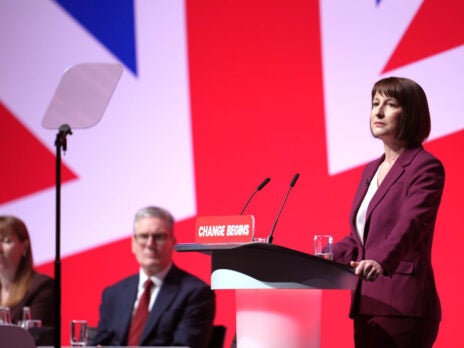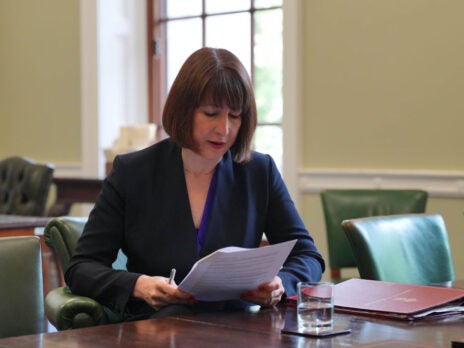
An interesting development for poll watchers: when compared with January, Labour’s poll lead today is down a few percentage points — in some surveys by as much as half.
At the start of the year Keir Starmer’s party was polling around nine points clear of the Conservatives, a significant lead by any measure, but one warning I regularly issued was that the primary driver of Labour’s lead was 2019 Tory voters indicating apathy to pollsters (ie “don’t know” or “wouldn’t vote”), and they cannot be guaranteed to remain apathetic come election day. To my mind, this reduces the resilience of Labour’s lead, making it vulnerable to the stresses of a general election campaign.
Now, however, while Conservative voters are still notably apathetic, that is less of a driver of Labour’s lead than it was in January. And that’s pretty significant.
Labour’s lead fell at the outset of the war in Ukraine and then drifted upwards after Rishi Sunak’s perceived failure to address the cost-of-living crisis in his Spring Statement. The Chancellor’s ratings are now in freefall and so, too, are the Conservatives’ numbers on the economy.
At the same time, while Tory apathy has become entrenched, the number of Tory voters switching directly to Labour has risen. At the start of January, when Labour led by nine points, around 3 to 5 per cent of those who voted Conservative in 2019 were telling YouGov they’d vote Labour. Now that figure is 9 to 10 per cent.
That may not sound striking but by historic standards it is not to be dismissed. In 2010, when the Conservatives became the largest party, they were attracting around 13 per cent of those who voted Labour at the previous election (according to the pollster Populus). For Labour to be polling close to that with the 2019 Tory base is worthy of note.
It’s easier for parties to win back apathetic voters who once supported them than it is for them to convert voters who have changed parties. Tory apathy is a relatively easy problem for the Tories to solve but defection to Labour is not. I’m minded to think that Labour’s lead today of five to six points is slightly more firm than its lead of nine to ten points earlier this year.


